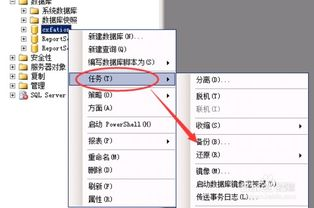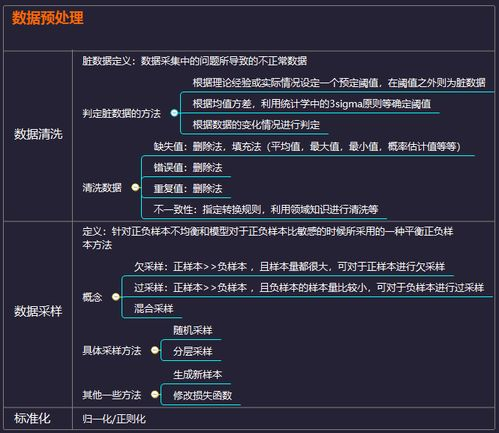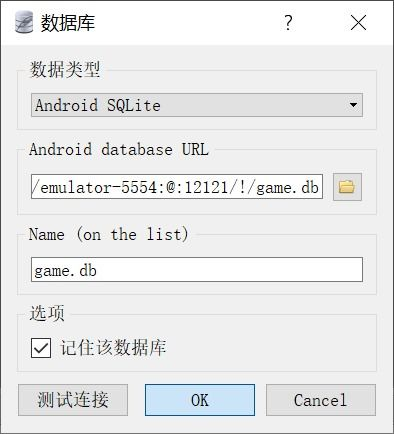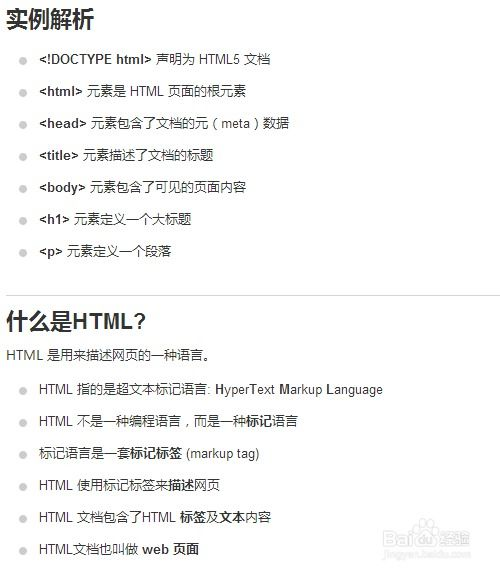ASP.NET Advertising Control Database, Understanding Implementation and Management
What is ASP.NET Advertising Control?
ASP.NET advertising control is a web component designed to facilitate the easy integration of advertisements within an ASP.NET web application. It allows developers to embed advertisement functionalities seamlessly, drawing content from various sources like databases or ad services. This control is particularly useful for generating revenue through various ad strategies and offers extensive configuration options.
Utilizing a Database for Advertising Controls
When employing ASP.NET advertising controls, a well-structured database is fundamental. A database system is necessary to store, retrieve, and manage advertisement data efficiently. The typical structure includes tables for storing ad campaigns, ad categories, user interactions, and a history of ad impressions. Properly managing this data ensures that advertisements are served effectively based on user demographics, seasons, and trends.
Essential Components of an Advertising Control Database
The primary components of an advertising control database include:
- Advertisement Table: This table holds detailed records of advertisements including title, content, target URL, and visibility status.
- Campaign Table: Stores information about different campaigns, such as start and end dates and budget limitations.
- User Interaction Table: Captures user metrics such as clicks and impressions, providing valuable data for analyzing advertisements' performance.
- Category Table: Organizes ads into categories for better targeting and management.
Best Practices for Implementing ASP.NET Advertising Controls
To ensure effective integration and management of advertising in your ASP.NET applications, consider the following best practices:
- Database Normalization: Keep your database structured and minimize redundancy by normalizing tables which then leads to easier maintenance and performance optimization.
- Use of Stored Procedures: To enhance performance, leverage stored procedures for retrieving advertisements based on various criteria instead of executing ad-hoc queries directly.
- Dynamic Loading: Implement lazy loading for ads to ensure that the main content of your web application loads first, improving the user experience.
- Regular Updates: Keep the advertisements updated based on current promotions, seasonal trends, or new product launches to maintain user engagement.






